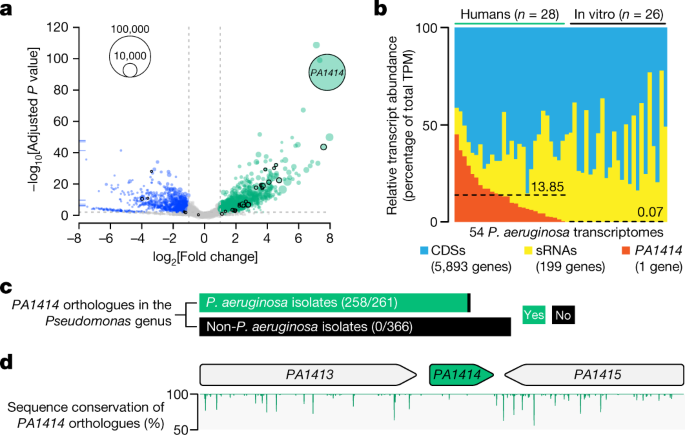2023-06-14 カリフォルニア工科大学(Caltech)
◆鼻、喉、口のウイルス量は予想とは異なり、検査に使用されるサンプルの種類によって異なるウイルス量の上昇と減少が見られました。鼻の迅速抗原検査は感度が低いため、感染が疑われる状態でも陰性結果を示すことがあります。
◆この研究結果は、自宅での検査キットの開発や、鼻と喉の両方のサンプルを採取する検査方法の採用が求められる可能性があります。
<関連情報>
- https://www.caltech.edu/about/news/study-at-home-rapid-covid-tests-may-miss-many-infections
- https://journals.asm.org/doi/10.1128/spectrum.01295-23
SARS-CoV-2鼻腔抗原検査で、検体タイプによるウイルス量の違いにより、感染者や感染していると思われる人を毎日見落とすことが判明 Daily SARS-CoV-2 Nasal Antigen Tests Miss Infected and Presumably Infectious People Due to Viral Load Differences among Specimen Types
Alexander Viloria Winnett, Reid Akana, Natasha Shelby, Hannah Davich, Saharai Caldera, Taikun Yamada, John Raymond B. Reyna, Anna E. Romano, Alyssa M. Carter, Mi Kyung Kim, Matt Thomson, Colten Tognazzini, Matthew Feaster, Ying-Ying Goh, Yap Ching Chew, Rustem F. Ismagilov
Microbiology Spectrum Published:14 June 2023
DOI:https://doi.org/10.1128/spectrum.01295-23

ABSTRACT
In a recent household transmission study of SARS-CoV-2, we found extreme differences in SARS-CoV-2 viral loads among paired saliva, anterior nares swab (ANS), and oropharyngeal swab specimens collected from the same time point. We hypothesized these differences may hinder low-analytical-sensitivity assays (including antigen rapid diagnostic tests [Ag-RDTs]) by using a single specimen type (e.g., ANS) from reliably detecting infected and infectious individuals. We evaluated daily at-home ANS Ag-RDTs (Quidel QuickVue) in a cross-sectional analysis of 228 individuals and a longitudinal analysis (throughout infection) of 17 individuals enrolled early in the course of infection. Ag-RDT results were compared to reverse transcription-quantitative PCR (RT-qPCR) results and high, presumably infectious viral loads (in each, or any, specimen type). The ANS Ag-RDT correctly detected only 44% of time points from infected individuals on cross-sectional analysis, and this population had an inferred limit of detection of 7.6 × 106 copies/mL. From the longitudinal cohort, daily Ag-RDT clinical sensitivity was very low (<3%) during the early, preinfectious period of the infection. Further, the Ag-RDT detected ≤63% of presumably infectious time points. The poor observed clinical sensitivity of the Ag-RDT was similar to what was predicted based on quantitative ANS viral loads and the inferred limit of detection of the ANS Ag-RDT being evaluated, indicating high-quality self-sampling. Nasal Ag-RDTs, even when used daily, can miss individuals infected with the Omicron variant and even those presumably infectious. Evaluations of Ag-RDTs for detection of infected or infectious individuals should be compared with a composite (multispecimen) infection status to correctly assess performance.
IMPORTANCE We reveal three findings from a longitudinal study of daily nasal antigen rapid diagnostic test (Ag-RDT) evaluated against SARS-CoV-2 viral load quantification in three specimen types (saliva, nasal swab, and throat swab) in participants enrolled at the incidence of infection. First, the evaluated Ag-RDT showed low (44%) clinical sensitivity for detecting infected persons at all infection stages. Second, the Ag-RDT poorly detected (≤63%) time points that participants had high and presumably infectious viral loads in at least one specimen type. This poor clinical sensitivity to detect infectious individuals is inconsistent with the commonly held view that daily Ag-RDTs have near-perfect detection of infectious individuals. Third, use of a combination nasal-throat specimen type was inferred by viral loads to significantly improve Ag-RDT performance to detect infectious individuals.


